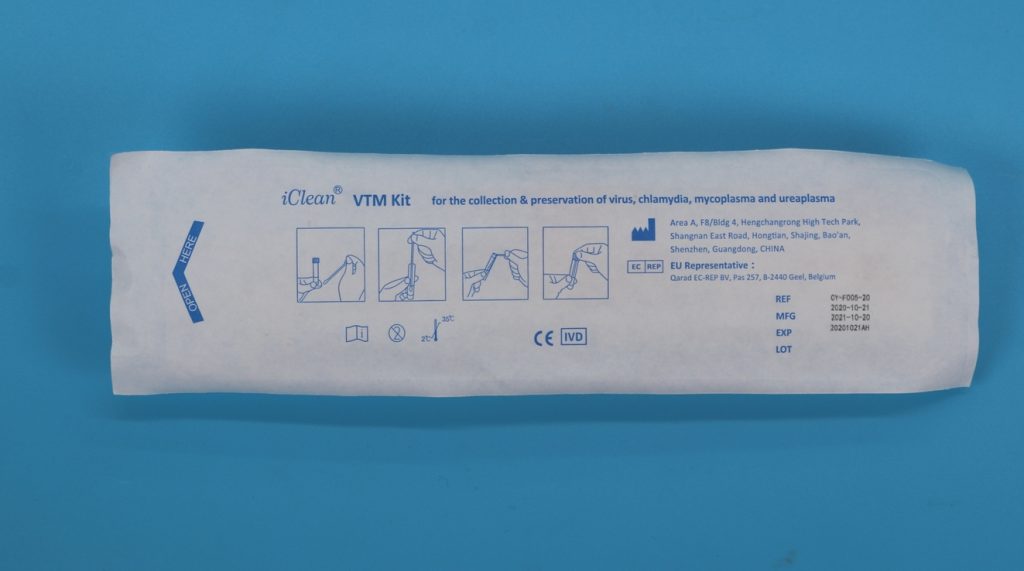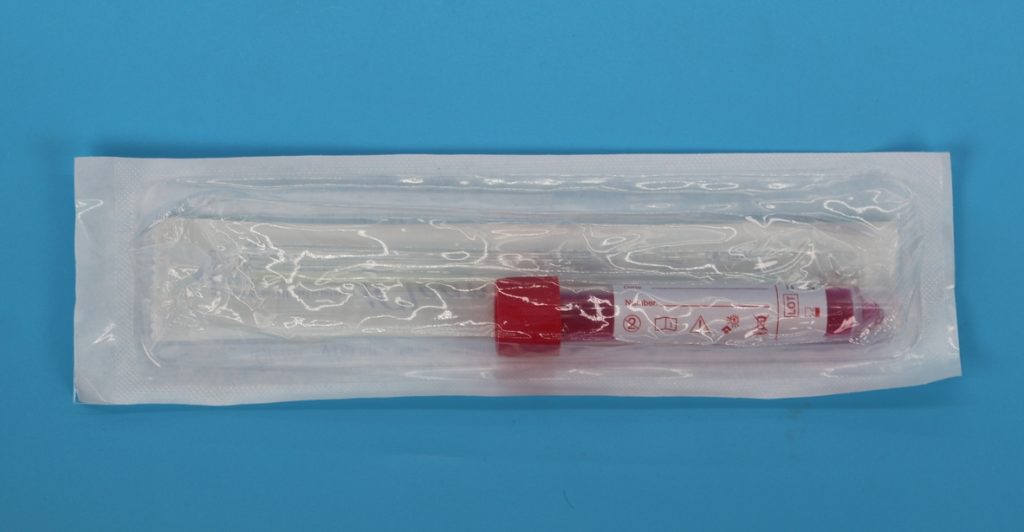What equipment and instruments are included in medical diagnosis
Essential Equipment and Instruments in Medical Diagnosis
Medical diagnosis relies on a wide array of equipment and instruments to accurately identify diseases and conditions. Here is a comprehensive overview of the essential tools used in medical diagnosis:
Imaging Equipment
X-ray Machines: Used to view the inside of the body, particularly bones and certain tissues.
MRI (Magnetic Resonance Imaging) Scanners: Provide detailed images of the body’s organs and tissues using magnetic fields and radio waves.
CT (Computed Tomography) Scanners: Combine X-ray images from different angles to create cross-sectional images of the body.
Ultrasound Machines: Use high-frequency sound waves to produce images of internal organs, tissues, and blood flow.
PET (Positron Emission Tomography) Scanners: Detect radioactive tracers to evaluate organ and tissue functions.
Mammography Machines: Specialized X-ray equipment used for early detection of breast cancer.
Laboratory Instruments
Microscopes: Used to examine blood, tissue, and other samples at a cellular level.
Centrifuges: Separate blood components and other fluids based on density.
Hematology Analyzers: Measure and count blood cells for detecting conditions like anemia, infection, and leukemia.
Biochemistry Analyzers: Test blood and other body fluids for biochemical markers indicating various diseases.
PCR (Polymerase Chain Reaction) Machines: Amplify DNA sequences for genetic testing and detection of infectious diseases.
Electrophoresis Equipment: Separate DNA, RNA, and proteins for analysis.
Monitoring Devices
Electrocardiograms (ECGs/EKGs): Measure the electrical activity of the heart to diagnose heart conditions.
Pulse Oximeters: Measure the oxygen saturation level in the blood.
Blood Pressure Monitors: Measure the pressure of blood in the arteries.
Glucose Meters: Monitor blood sugar levels, crucial for diabetes management.
Holter Monitors: Portable devices that continuously record heart activity over 24-48 hours.
Endoscopic Instruments
Endoscopes: Flexible tubes with a light and camera used to view the inside of the gastrointestinal tract, respiratory system, and other internal organs.
Colposcopes: Used for examining the cervix, vagina, and vulva for signs of disease.
Laryngoscopes: Allow visualization of the larynx and vocal cords.
Diagnostic Kits and Swabs
VTM Swab Kits: Used for collecting and transporting viral specimens, crucial for diagnosing infections like COVID-19.
Rapid Diagnostic Test Kits: Provide quick results for conditions like strep throat, influenza, and pregnancy.
Other Diagnostic Tools
Stethoscopes: Used by healthcare providers to listen to heart, lung, and other body sounds.
Ophthalmoscopes: Examine the interior of the eyes.
Otoscope: Inspect the ear canal and tympanic membrane.
Dermatoscopes: Examine skin lesions and diagnose skin conditions.
Tuning Forks: Assess hearing and neurological function.
Spirometers: Measure lung function and diagnose respiratory conditions.
Point-of-Care Testing Devices
Portable Ultrasound Machines: Provide real-time imaging at the patient’s bedside.
Handheld ECG Monitors: Offer quick heart monitoring outside of traditional settings.
These instruments and devices are integral to the diagnostic process, enabling healthcare professionals to detect, monitor, and manage a wide range of health conditions effectively. Advances in technology continue to enhance the accuracy, efficiency, and accessibility of medical diagnostics, improving patient outcomes globally.


 A professional supplier of swabs
A professional supplier of swabs
